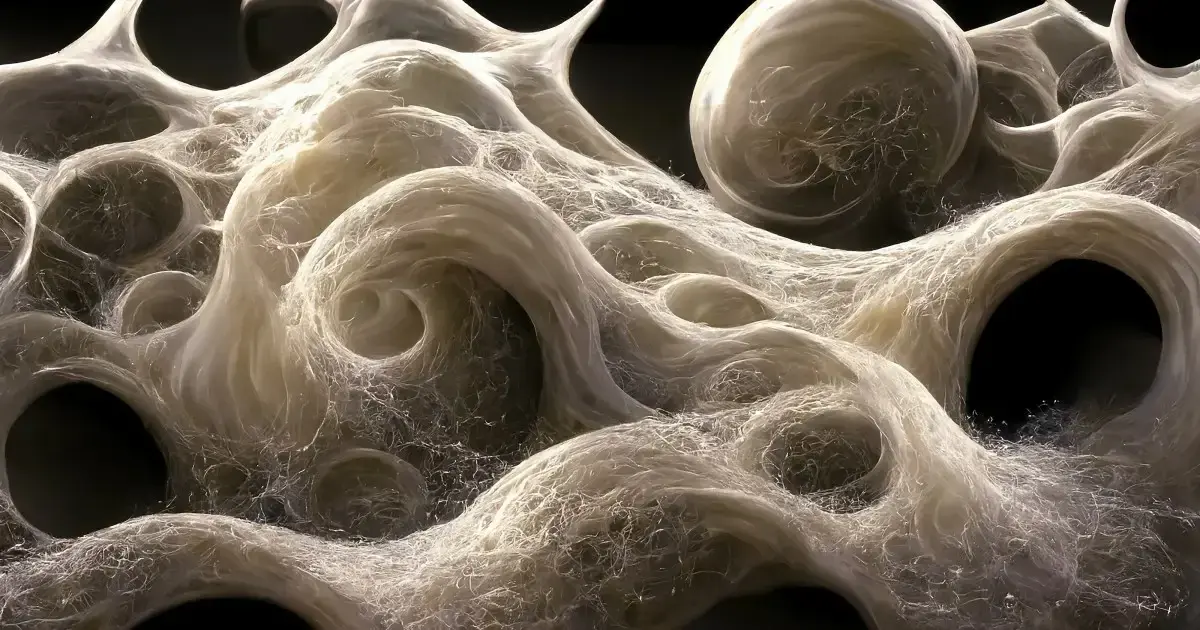“Nothing” doesn’t exist. Instead, there is “quantum foam”
“Nothing” doesn’t exist. Instead, there is “quantum foam”

"Nothing" doesn't exist. Instead, there is "quantum foam"

“Nothing” doesn’t exist. Instead, there is “quantum foam”

"Nothing" doesn't exist. Instead, there is "quantum foam"

Okay, so, like, that's punchier writing than the actual truth, but how am I supposed to buy anything else about physics in the article after that? The level of oversimplification of relatively commonly known concepts does not give me confidence that the rest won't be pop sci drivel.
Luckily you can check out the author’s bio right from the article:
Okay well maybe I'll circle back to it, then. Maybe bad science writing has made me a little cynical.
Oh snap, so this guy is on the faaaaaaaar side of the bell curve wearing the hood and agreeing with me. Well played.
The guy just invents particles and you think we should trust him?
j/k
The concepts are basically right arent they?
I mean, they're both at least illustrative I guess. In the case of particles and waves I may be quibbling a bit over the distinction that something is a particle or a wave versus exhibiting the properties of one or the other.
In the case of Schrodinger's cat, the thought experiment suggests that if the life or death of the cat is tied to the collapse of the state vector, an eigenstate of the two implies simultaneous life and death. But the varying interpretations of this problem aren't so straightforward as 'both dead and alive', and it's kind of misleading to just leave it at that.
Personally, I find it odd that they'd discount the cat's own awareness of the state vector's collapse. Obviously when the atom decays and kills it, it's going to know before you are regardless of the presence of cardboard.
It just seems like a lot of kind of imprecise throw-away mentions of more complex ideas for one sentence. But again, maybe I'm being cynical.